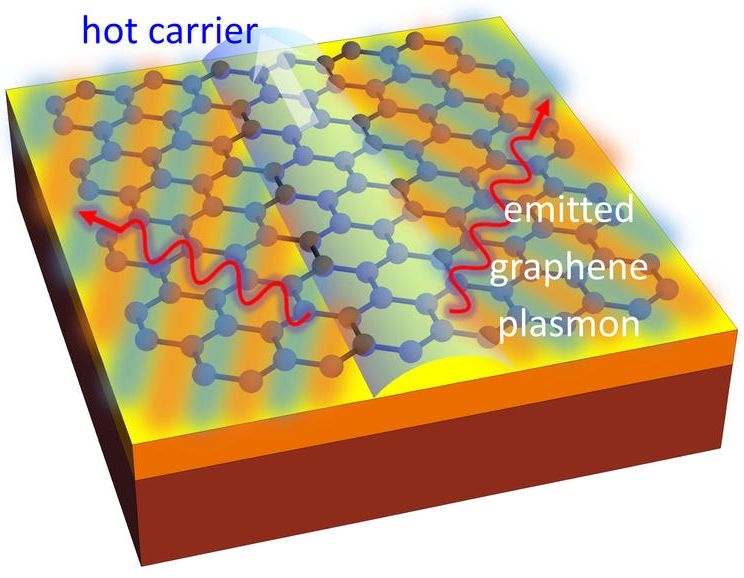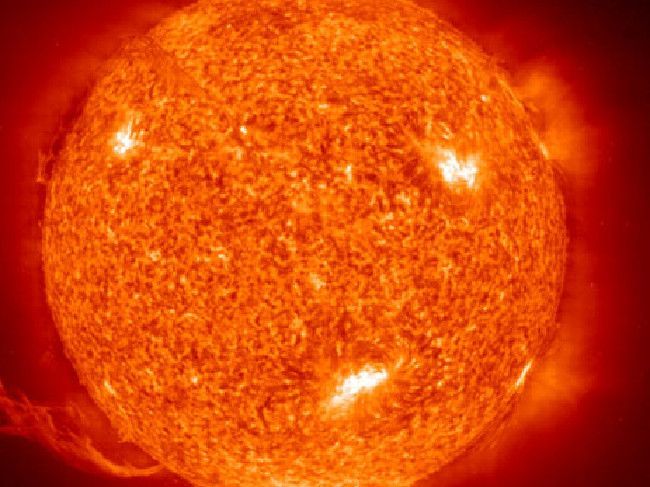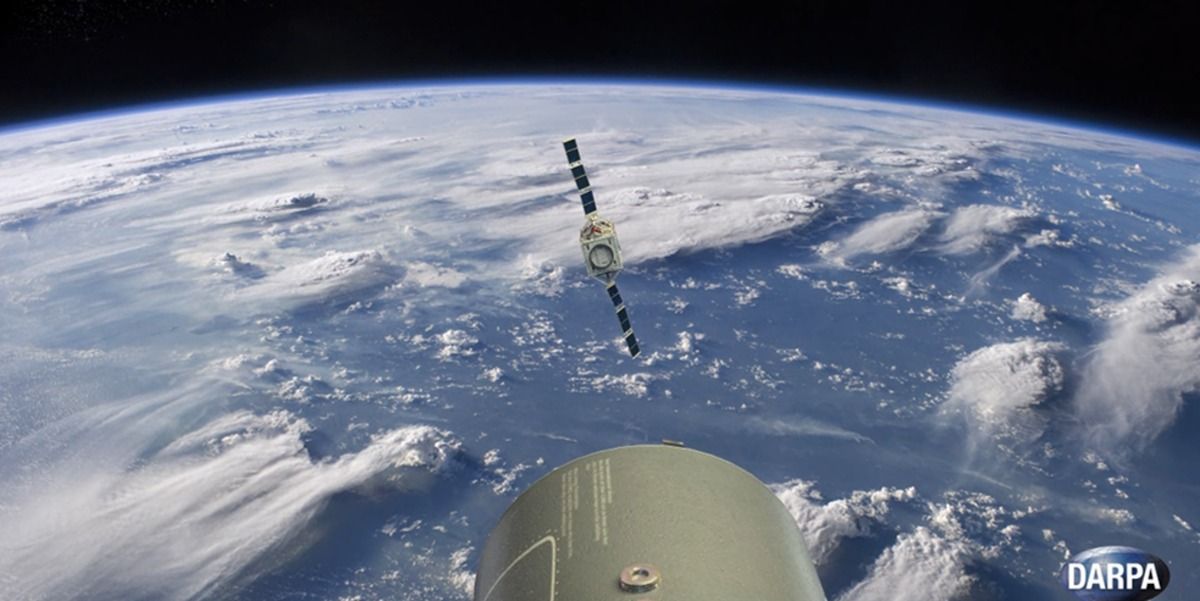Page 11460
Jul 1, 2016
MIT graphene breakthrough could make chips one million times faster
Posted by Shailesh Prasad in categories: computing, materials
Researchers use graphene to create a new way of converting electricity into light, delivering the possibility of dramatic speed improvements over today’s chips.
Jun 30, 2016
Man of the “Future Shock”: Remembering Alvin Toffler
Posted by Amnon H. Eden in category: futurism
No matter how many books crowded my parents’ living room bookshelves in my childhood home in New York, two always sat at eye level right in the center: Henry Kissinger’s Years of Upheaval and Alvin Toffler’s Future Shock.
Jun 30, 2016
The sun is losing its spots — and here’s why that’s a bad thing for all of us
Posted by Sean Brazell in category: climatology
The sun is losing its spots, and it’s certainly something that we shouldn’t take lightly. According to news.com.au, our fireball has gone blank for the second time this month, leading Meteorologist Paul Dorian to believe that the next solar minimum is approaching and there will be an increasing number of spotless days over the next few years. This matters because the amount of sun spots reportedly affects our climate.
So, let’s start with solar minimum. What is it exactly? Well, NASA explains it to be when the sun’s natural solar cycle shows the lowest amount of sunspots. You see, when at its best, the sun’s surface is covered in visible dark blemishes, or sunspots. The sun goes through a natural solar cycle approximately every 11 years, and each cycle is marked by the increase and decrease of sunspots – with the highest number of sunspots in any given solar cycle being the “solar maximum” and the lowest number being “solar minimum.”
The sun at its best.
Jun 30, 2016
Inside ULA’s Plan to Have 1,000 People Working in Space by 2045
Posted by Klaus Baldauf in categories: economics, space travel
GOLDEN, Colorado — A major American launch provider has outlined a plan that the company says will help enable a space economy based on refueling spacecraft in Earth orbit.
Dubbed the “Cislunar 1,000 Vision,” the initiative foresees a self-sustaining economy that supports 1,000 people living and working in Earth-moon space roughly 30 years from now. The concept stems from an analysis and ongoing technical work by United Launch Alliance (ULA), a joint venture between Lockheed Martin and Boeing Co. that provides launches aboard Atlas and Delta rockets.
A central element of the plan involves the use of a souped-up Centaur rocket stage called ACES (Advanced Cryogenic Evolved Stage). This liquid oxygen/liquid hydrogen upper stage is designed to be reusable and can be refueled, perhaps by propellant made using water extracted from Earth’s moonor asteroids. [Moon Base Visions: How to Build a Lunar Colony (Photos)].
Continue reading “Inside ULA’s Plan to Have 1,000 People Working in Space by 2045” »
Jun 30, 2016
CNN Courageous studio putting on a special conference on human augmentation some transhumanists are part of
Posted by Zoltan Istvan in categories: ethics, transhumanism

This is very new way of media outreach and news. I’m happy to be a part of it. Featuring Deus Ex too.
This summer, CNN’s brand studio Courageous is partnering with Square Enix®, publisher of SQUARE ENIX interactive entertainment products in the Americas, to host a first-of-its-kind conference on human augmentation. Human by Design will be held at the Paley Center for Media in New York City on August 3, 2016, and explore the intersection of technology and humanity with the objective of bringing together top minds to debate, question, and challenge what it means to be human.
Jun 30, 2016
A new patent means Google Glass might soon have night vision
Posted by Klaus Baldauf in categories: mobile phones, robotics/AI
Although we love them to pieces, eventually smart phones won’t be the only way we communicate and spend our time. Scientists predict we might end up using neural networks to play candy crush, or we could spend all our time using smart eyewear.
They still have a few issues to iron out, but there’s a new reason that smart eyewear might be a good option — night vision! Google’s just submitted a patent that suggests it’s planning on adding the future at some point.
Seriously though, we’re keen for anything to stop us tripping over stuff in the middle of the night.
Continue reading “A new patent means Google Glass might soon have night vision” »
Jun 30, 2016
3D Printing + Five Axes = 5D Printing?
Posted by Karen Hurst in categories: 3D printing, 4D printing, neuroscience
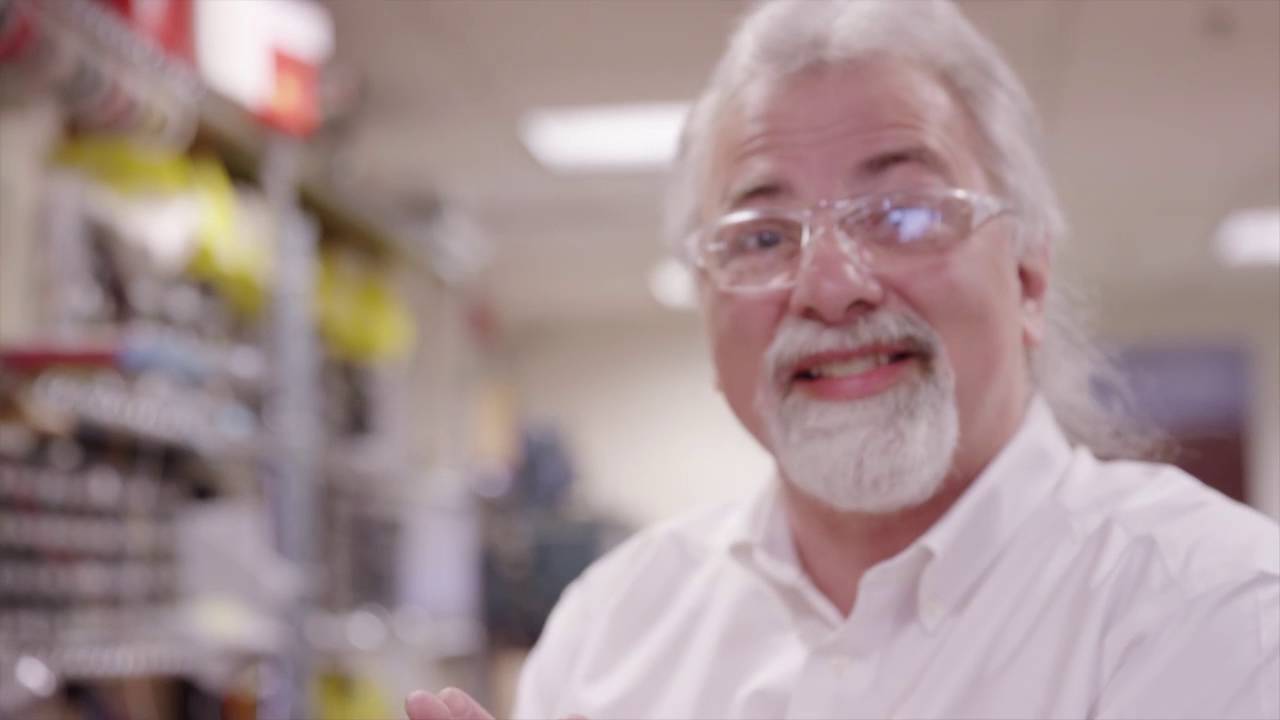
This article is a bit odd to me. Why? Because the way 5D printing is describe is not that much more advance than 3D printing. In fact, 4D printing (as shown by Mitsubishi Lads) prints an object that self evolves/ assembles itself into the object specification submitted to the printer. In another article, it was highlighted that 5D printing would take the 4D printing formation and apply technology that enables the object/s to have intelligence to repair/ evolve over time. So, at this point 5D is still being defined.
3D-printed parts made with five-axis technology are stronger and use less material.
Jun 30, 2016
DARPA Develops Largest Sensor Network to Navigate “Minefield” of Space Junk
Posted by Karen Hurst in category: space
At some point we could see an EPA in space especially with the mining that will be occurring starting in 2017.
Even the smallest piece of space junk could cause a horrible crash.
Jun 30, 2016
DARPA Completes Integration of Live Data Feeds Into Space Surveillance Network; Jeremy Raley Comments
Posted by Karen Hurst in categories: information science, military, robotics/AI, satellites, surveillance
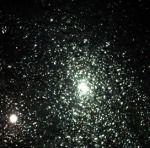 The Defense Advanced Research Projects Agency has finished its work to integrate live data feeds from several sources into the U.S. Space Surveillance Network run by the Air Force in an effort to help space monitoring teams check when satellites are at risk.
The Defense Advanced Research Projects Agency has finished its work to integrate live data feeds from several sources into the U.S. Space Surveillance Network run by the Air Force in an effort to help space monitoring teams check when satellites are at risk.
SSN is a global network of 29 military radar and optical telescopes and DARPA added seven space data providers to the network to help monitor the space environment under its OrbitOutlook program, the agency said Wednesday.
DARPA plans to test the automated algorithms developed to determine relevant data from the integrated feed in order to help SSA experts carry out their mission.

